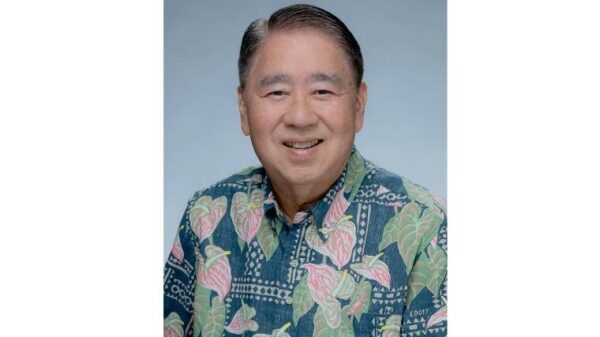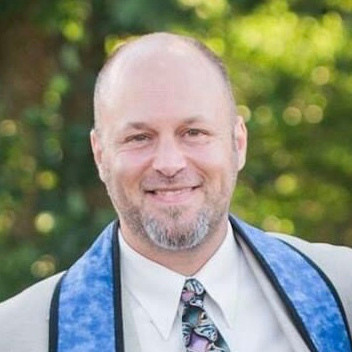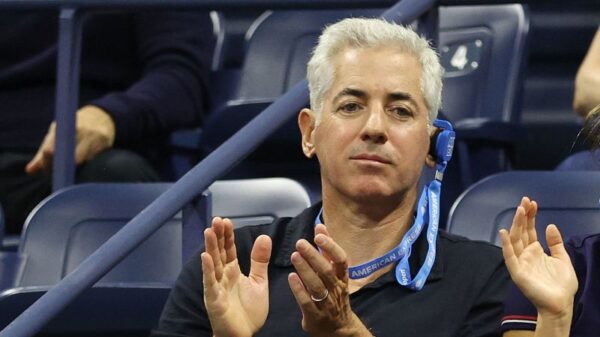The concept of manifestation, the idea that our thoughts can shape our reality, has gained significant attention in recent years. In a recent discussion, Wil Darcangelo, an ordained Unitarian Universalist Minister at the First Church of Lancaster in Massachusetts, delves into this idea, urging individuals to reflect deeply on their wishes and desires. He emphasizes the importance of understanding the multifaceted nature of our thoughts, highlighting that our conscious minds are just one layer of a much broader spectrum of thinking.
Darcangelo’s insights center on the adage “be careful what you wish for,” suggesting that our wishes may lead to outcomes we do not anticipate. He argues that while it is essential to be specific about our desires—such as wishing for a particular model of a car—there is a need to remain open to possibilities that may exceed our expectations. This perspective is rooted in the belief that our state of being, rather than specific circumstances, plays a crucial role in what we manifest in our lives.
Understanding the Layers of Thought
According to Darcangelo, human beings operate on multiple cognitive levels, many of which remain subconscious. He notes that while we often focus on our immediate thoughts and language, there is a wealth of hidden dialogue occurring within us. This multidimensional thinking is recognized across various spiritual traditions, which describe different pathways to connect with the Divine or the Great Central Source.
Religious frameworks, whether through the concept of angels, saints, or the very trees and mountains around us, provide unique interpretations of this connection. Each tradition offers its adherents a way to understand and access a deeper layer of consciousness, fostering a sense of belonging and purpose. Even those who may not subscribe to spiritual beliefs often acknowledge a fundamental connection among humanity, a sentiment echoed by scientific research on social and emotional interconnectedness.
Navigating Personal Beliefs and Manifestation
Darcangelo encourages individuals to identify their own conduits for communication with the Divine or their higher selves. This exploration can lead to greater clarity when it comes to making wishes or prayers. He emphasizes that while identifying these pathways is important, it is equally vital to remain flexible. Just as the sands of a beach shift with the tide, so too should our understanding of our desires evolve over time.
When contemplating what one wishes for, it is beneficial to maintain a sense of openness. Darcangelo asserts that our wishes can encompass broader themes than mere material possessions. For instance, abundance does not solely refer to financial wealth, nor does health equate to perfection. Inner peace may coexist with life’s inevitable challenges. Recognizing these nuances allows for a richer experience of manifestation.
By fostering a positive state of being, individuals can enhance their ability to attract desired outcomes. Darcangelo’s reflections prompt readers to consider their approaches to wishing, urging them to cultivate a mindset that embraces possibilities beyond their immediate comprehension. This approach, he believes, can lead not only to the fulfillment of dreams but also to an enriched reality that extends beyond initial expectations.
In a rapidly changing world, Darcangelo’s thoughts serve as a reminder to reflect on the deeper layers of our desires and the pathways we choose to navigate them. Engaging with these ideas can lead to a more fulfilling and expansive experience of life, allowing individuals to manifest realities that resonate with their highest aspirations.


































































